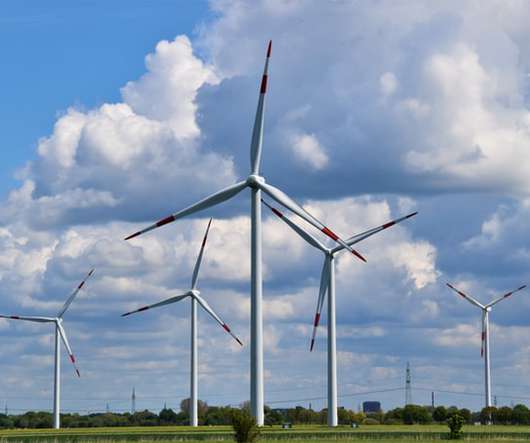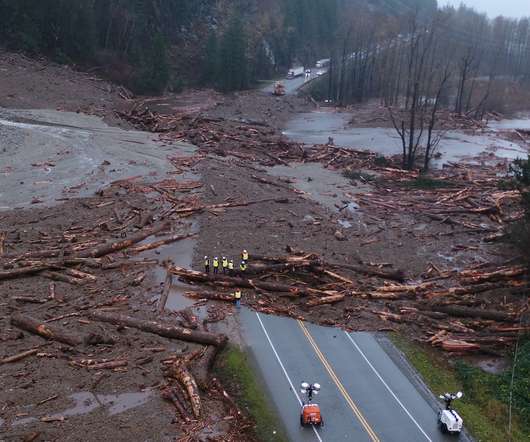A decidedly impartial review of Mark Jacobson’s 100% Clean, Renewable Energy and Storage for Everything
Renewable Energy World
APRIL 22, 2021
The plans, available at The Solutions Project’s “ Clean Energy ” link, reveal the unique mix of wind, water and sun technologies capable of powering states, countries and even select U.S. Wind, Water and Sun (aka WWS) include wind power; waterpower from tides, rivers, and subsurface water (geothermal water); and solar power.













Let's personalize your content